Advertiser disclosure: We may be compensated by vendors who appear on this page through methods such as affiliate links or sponsored partnerships. This may influence how and where their products appear on our site, but vendors cannot pay to influence the content of our reviews. For more info, visit our Terms of Use page.
Machine learning (ML) books are a valuable resource for IT professionals looking to expand their ML skills or pursue a career in machine learning. In turn, this expertise helps organizations automate and optimize their processes and make data-driven decisions. Machine learning books can help ML engineers learn a new skill or brush up on old ones.
The most popular machine learning books
Beginners and seasoned experts alike can benefit from adding machine learning books to their reading lists, though the right book depends on the learner’s goals. Some books serve as an entry point to the world of machine learning, while others build on existing knowledge.
The books in this list are roughly ranked in order of difficulty—beginners should avoid pursuing the books toward the end until they’ve mastered the concepts introduced in the books at the top of the list.
Machine Learning for Absolute Beginners: A Plain Introduction
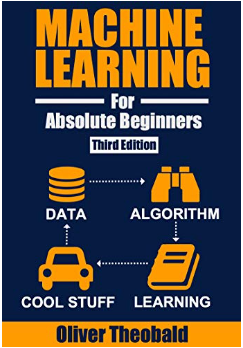
Machine Learning for Absolute Beginners is an excellent introduction to the machine learning field of study. It’s a clear and concise overview of the high-level concepts that drive machine learning, so it’s ideal for beginners. The e-book format has free downloadable resources, code exercises, and video tutorials to satisfy a variety of learning styles.
Readers will learn the basic ML libraries and other tools needed to build their first model. In addition, this book covers data scrubbing techniques, data preparation, regression analysis, clustering, and bias/variance. This book may be a bit too basic for readers who are interested in learning more about coding, deep learning, or other advanced skills.
The Hundred-Page Machine Learning Book
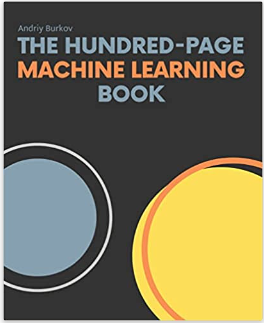
As the name implies, The Hundred-Page Machine Learning Book provides a brief overview of machine learning and the mathematics involved. It’s suitable for beginners, but some knowledge of probability, statistics, and applied mathematics will help readers get through the material faster.
The book covers a broad range of ML topics at a high level and focuses on the aspects of ML that are of significant practical value. These include:
- Types of machine learning
- Notation and common definitions
- Fundamental algorithms
- Anatomy of a learning algorithm
- Neural networks and deep learning
Several reviewers said that the text explains complicated topics in a way that is easy for most readers to understand. It doesn’t dive into any one topic too deeply, but it provides several practice exercises and links to other resources for further reading.
Introduction to Machine Learning with Python
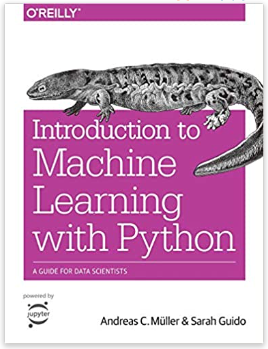
Introduction to Machine Learning with Python is a starting point for aspiring data scientists who want to learn about machine learning through Python frameworks. It doesn’t require any prior knowledge of machine learning or Python, though familiarity with NumPy and matplotlib libraries will enhance the learning experience.
In this book, readers will gain a foundational understanding of machine learning concepts and the benefits and drawbacks of using standard ML algorithms. It also explains how all of the algorithms behind various Python libraries fit together in a way that’s easy to understand for even the most novice learners.
Python Machine Learning by Example
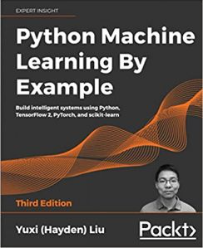
Python Machine Learning by Example builds on existing machine learning knowledge for engineers who want to dive deeper into Python programming. Each chapter demonstrates the practical application of common Python ML skills through concrete examples. These skills include:
- Exploratory data analysis
- Feature engineering
- Classification
- Regression
- Clustering
- Natural language processing
This book walks through each problem with a step-by-step guide for implementing the right Python technique. Readers should have prior knowledge of both machine learning and Python, and some reviewers recommended supplementing this guide with more theoretical reference materials for advanced comprehension.
Hands-on Machine Learning with Scikit-Learn, Keras & TensorFlow
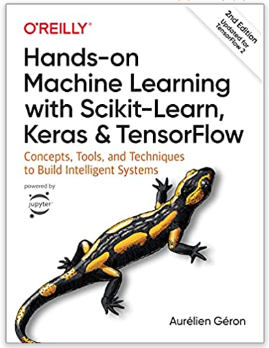
Hands-on Machine Learning with Scikit-Learn, Keras & TensorFlow provides a practical introduction to machine learning with a focus on three Python frameworks. Readers will gain an understanding of numerous machine learning concepts and techniques, including linear regression, neural networks, and deep learning. Then, readers can apply what they learn to practical exercises throughout the book.
Though this book is marketed toward beginners, some reviewers said it requires a basic understanding of machine learning principles. With this in mind, it may be better suited for readers who want to refresh their existing knowledge through concrete examples.
Machine Learning for Hackers: Case Studies and Algorithms to Get You Started
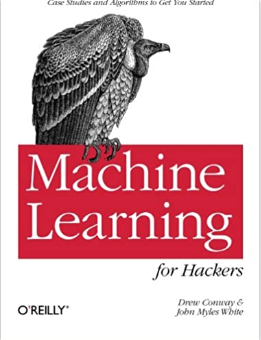
Machine learning for Hackers is written for experienced programmers who want to maximize the impact of their data. The text builds on existing knowledge of the R programming language to create basic machine learning algorithms and analyze datasets.
Each chapter walks through a different machine learning challenge to illustrate various concepts. These include:
- Data exploration
- Classification
- Ranking
- Regression
- Regularization
- Optimization
This book is best suited for intermediate learners who are fluent in R and want to learn more about the practical applications of machine learning code. Students looking to delve into machine learning theory should opt for a more advanced book like Deep Learning, Hands-on Machine Learning, or Mathematics for Machine Learning.
Pattern Recognition and Machine Learning
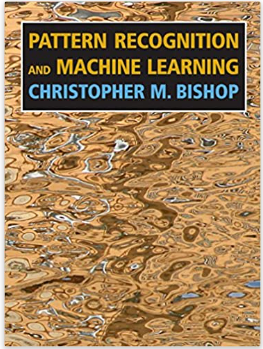
Pattern Recognition and Machine Learning is an excellent reference for understanding statistical methods in machine learning. It provides practical exercises to introduce the reader to comprehensive pattern recognition techniques.
The text is broken into chapters that cover the following concepts:
- Probability distributions
- Linear regression and classification models
- Neural networks
- Kernel methods and sparse kernel machines
- Graphical models
- Mixture models and expectation-maximization
- Approximate inference
- Sampling methods
- Continuous latent variables
- Sequential data
Readers should have a thorough understanding of linear algebra and multivariable calculus, so it may be too advanced for beginners. Familiarity with basic probability theory, decision theory, and information theory will make the material easier to understand as well.
Mathematics for Machine Learning
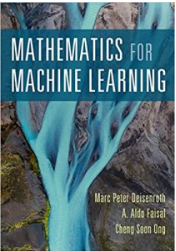
Mathematics for Machine Learning teaches the fundamental mathematical concepts necessary for machine learning. These topics include:
- Linear algebra
- Analytic geometry
- Matrix decompositions
- Vector calculus
- Probability and statistics
Some reviewers said this book leans more into mathematical theorems than practical application, so it’s not recommended for those without prior experience in applied mathematics. However, it’s one of the few resources that bridge the gap between mathematics and machine learning, so it’s a worthwhile investment for intermediate learners.
Deep Learning (Adaptive Computation and Machine Learning Series)
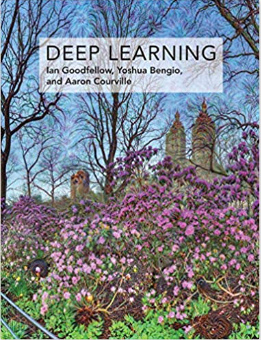
For advanced learners, Deep Learning covers the mathematics and concepts that power deep learning, a subset of machine learning that makes human-like decisions. This book walks through deep learning computations, techniques, and research including:
- Deep feedforward networks
- Regularization
- Convolutional networks
- Sequence modeling
- Linear factor models
- Autoencoders
- Representation learning
There are about 30 pages that cover practical applications of deep learning like computer vision and natural language processing, but the majority of the book deals with the theory behind deep learning. With this in mind, readers should have a working knowledge of machine learning concepts before delving into this text.


